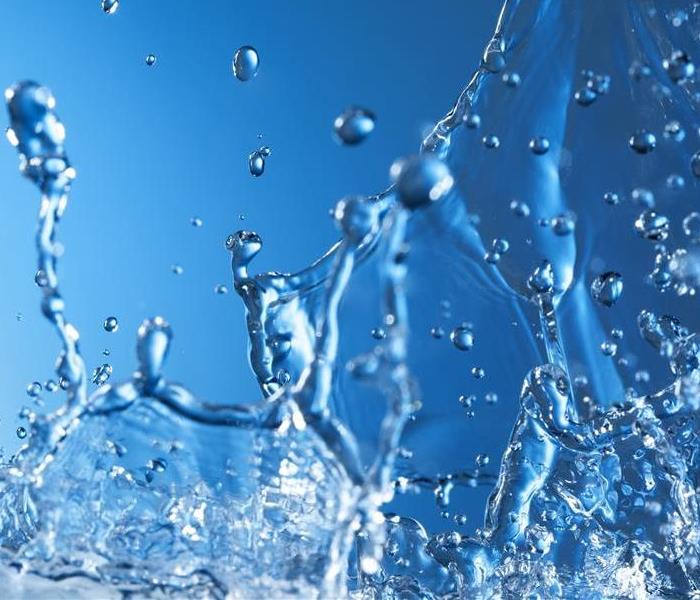Protecting your home from water damage
2/15/2017 (Permalink)
All it takes is one leaky pipe and your valuables could be ruined. Water damage is one of the most common problems for homeowners, but a few simple steps can help protect your home or condo and your belongings. Even after sopping up the water, you run the risk of damaged floors, smelly carpets or the growth of mould or fungus.
To help keep your home dry, consider the following tips:
1) Protect valuables
Irreplaceable documents, photographs and valuables should be stored in waterproof bags or containers. Move these items out of a basement and away from flood-prone areas of your home. Reduce the risk of electrical shock by picking up electrical cords and extension cords lying on the ground. Disconnect appliances such as floor lamps, fans or heaters and move them to a higher floor or on to a table.
2) Look up
Check around windows, skylights, air vents and chimneys for leaks and repair them. Make sure your home’s downspouts extend at least 1.8 m (6 ft.) from the building.
3) Check floor drains and sump pumps
Keep floor drains clear and remove any materials that could clog them. If you have a sump pump, inspect it to ensure it works. Check the pump’s discharge pipe, which pushes water outside your home, and aim away from the home to allow water to drain in an appropriate spot, such as your lawn or garden.
4) Install window well covers
Consider installing window well covers to keep window wells free from debris and pooling water.
5) Inspect the roof
Inspect it for any missing or worn shingles. Replace the shingles and consider hiring a professional roofer to check your roof and complete any maintenance required.
6) Look for leaks in caulk and grout
Check your bathroom walls and tiling for cracked or missing caulk and grout. Remove broken or loose pieces and replace the tile and caulk. Water can seep behind the tiles and leak down into other floors or create mould behind the walls.
7) Check your appliances The hoses on your dishwasher, washing machine and your refrigerator’s ice maker can wear out or become loose. Inspect them for crack or leaks and replace them at least every seven years.
8) Turn the water off before going away
If you are planning a vacation, shut off the main water valve to your home. If you need to leave it on, turn off the water supply to the washing machine or other appliances that will not be used.
9) Release the pressure
Consider installing an emergency pressure release valve in your plumbing system. The valve protects against any increased pressure in the pipes that is caused by freezing.
10) Water heater maintenance Some water heaters can hold up to 360 Litres (80 gallons) and if they spring a leak, they can flood an entire home. Water heaters should be partially drained every six months. This prevents sediments from building in the bottom of the tank which can cause erosion and rust. While you are draining the water heater, check the pipes for leaks.
info by: http://www.brokerlink.ca/blog/12-tips-to-protect-your-home-from-water-damage/





 24/7 Emergency Service
24/7 Emergency Service